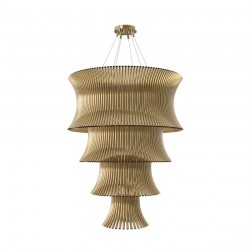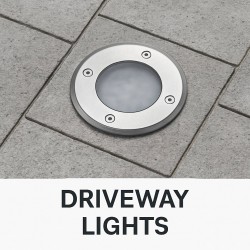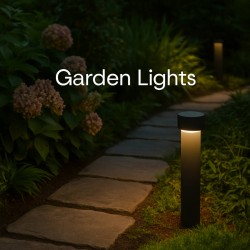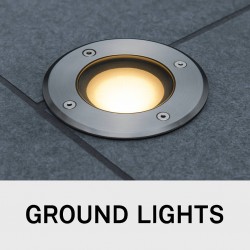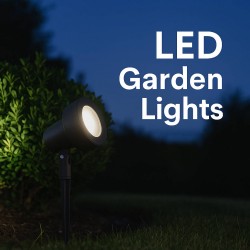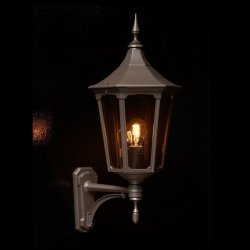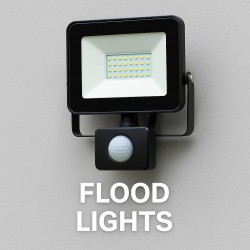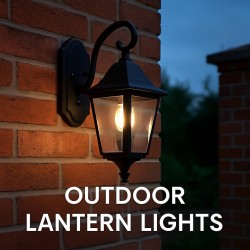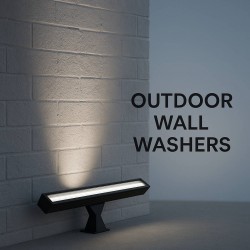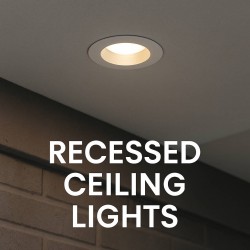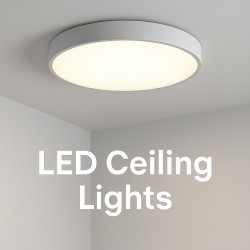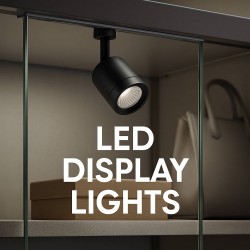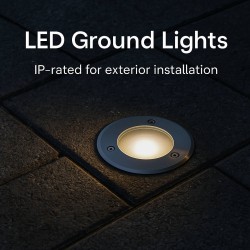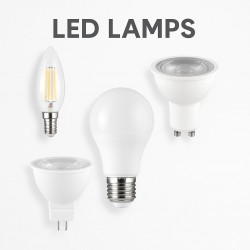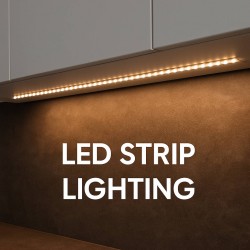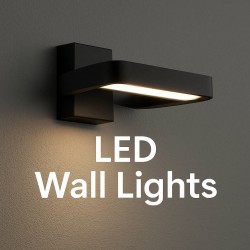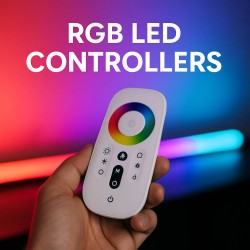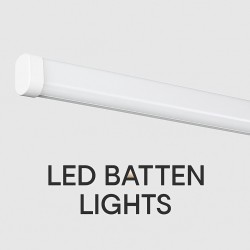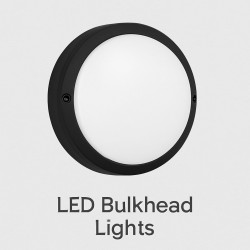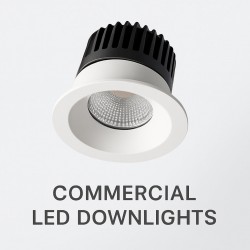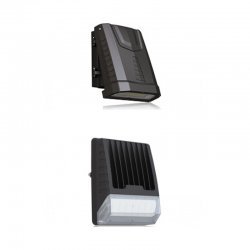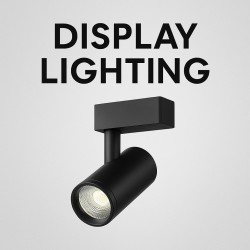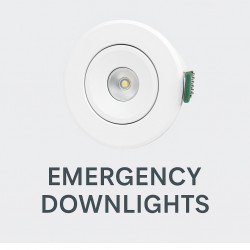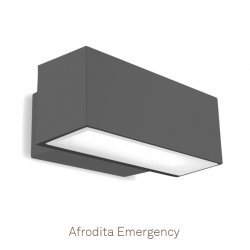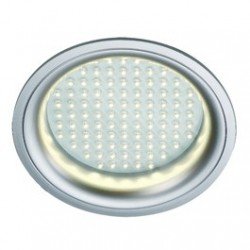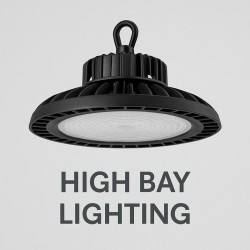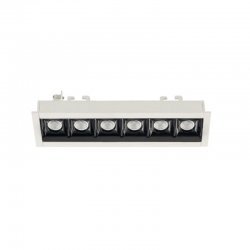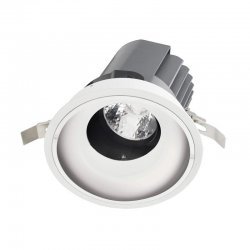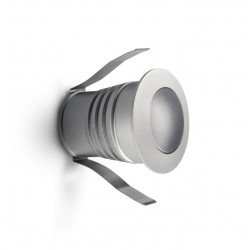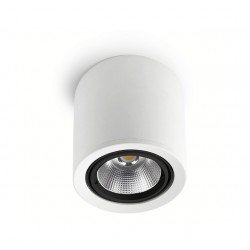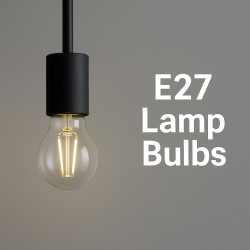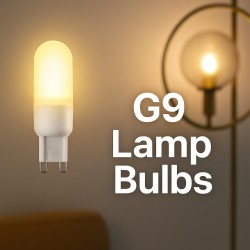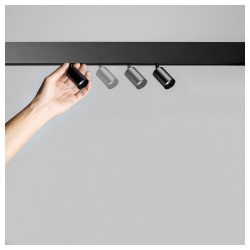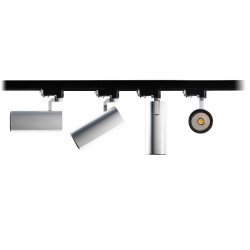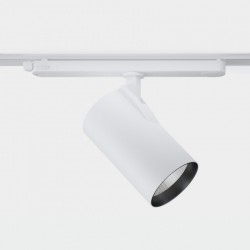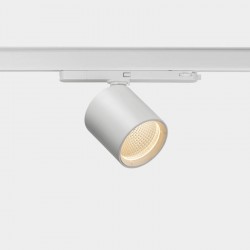Choosing the right lighting for each room
In this blog post, we'll give you a few tips on choosing the right lighting for each room in your home.
First, let's talk about kitchens. Kitchens are typically dark, so you may want to install overhead lighting in order to make it easier to see while cooking and cleaning up after yourself. If you have an island or peninsula with seating, consider installing recessed lighting around these areas so that you can read recipes or cookbooks without straining your eyes.
If you have a family room or other space where people tend to hang out, try installing track lighting above your couches or sectional so that everyone can read or play games without having to rely on lamps. If you want to add some ambient light for entertaining purposes, consider installing sconces near entrances and windows so that guests can easily find their way around the house when they're first arriving at night.
Bedrooms should always have overhead lights installed overhead on either side of the bed (or one large fixture over the center of a king-sized bed). This will provide ample light while reading at night time as well as help illuminate any surrounding furniture items such as dressers or nightstands that might otherwise be difficult.
1. Brightness
Whether you're hosting a party or just watching Netflix with your significant other, the brightness of your lights can make or break your experience. A dim room feels cozy and intimate, but it may not be ideal if you're trying to read or have a conversation with someone across the room. To find out what level of brightness is right for your living room, take into account how much light comes in through windows during different times of day—you'll want to pick something that matches what's already available in natural daylight.
2. Color temperature
Color temperature refers to how warm or cool light appears when viewed as it travels through space—warm tones have reds and yellows; cool tones have blues and greens. Warm colors tend to feel more relaxing than cool colors do (which can feel harsh), so if you want







